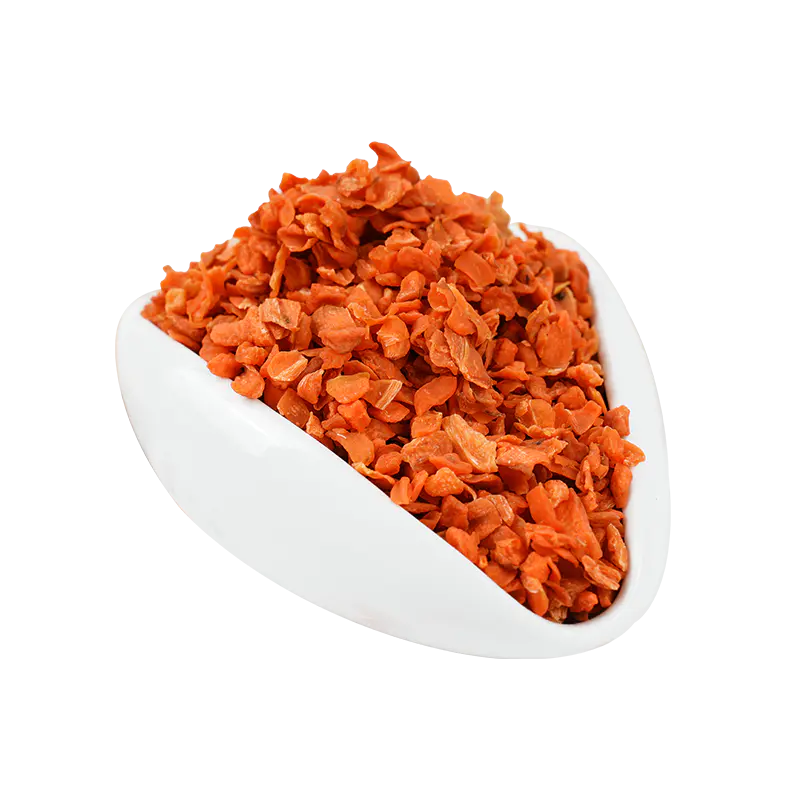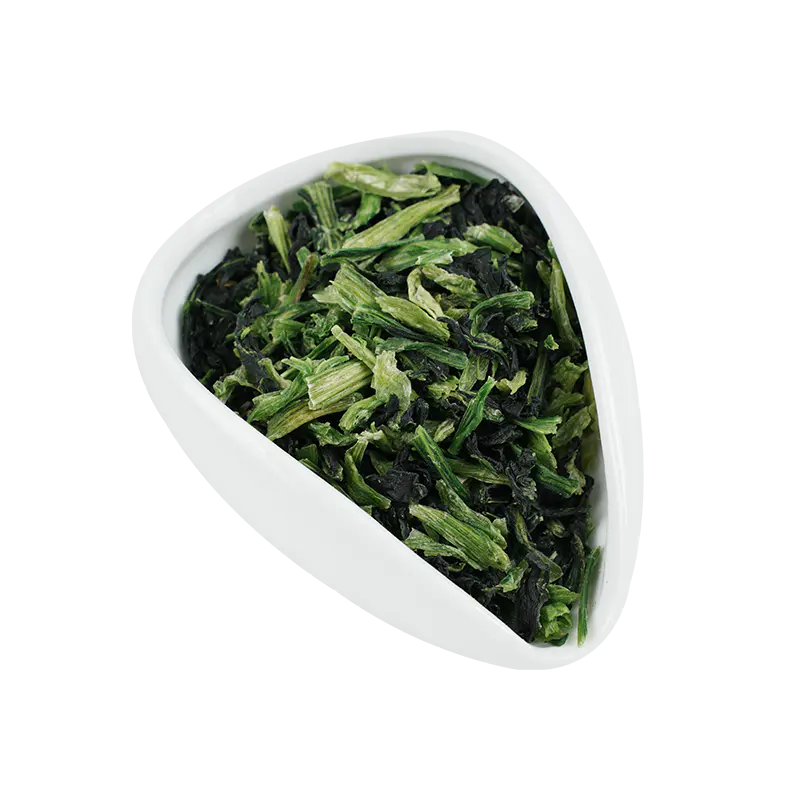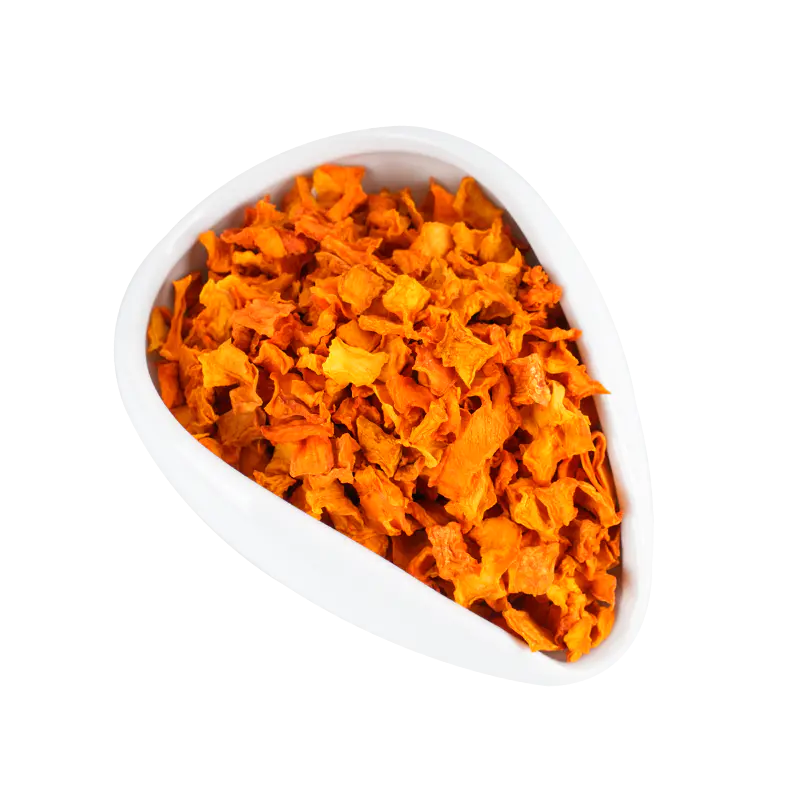Dried kimchi offers a concentrated form of many of the nutrients found in fresh kimchi, but the drying process can also lead to certain changes in its nutritional profile. Here's a detailed comparison of the nutritional value of dried kimchi versus fresh kimchi:

1. Macronutrients (Calories, Carbs, Protein, Fat)
Dried kimchi has higher concentrations of calories, carbohydrates, fiber, and protein per gram because the moisture content has been removed.
For example, 10 grams of dried kimchi may provide similar nutritional value to 50–60 grams of fresh kimchi.
Fiber content is particularly concentrated, as the vegetable matrix is retained while water is removed.
| Nutrient | Fresh Kimchi (per 100g) | Dried Kimchi (per 100g) |
| Calories | ~30–40 kcal | ~200–300 kcal |
| Carbohydrates | ~4–6 g | ~30–40 g |
| Protein | ~1–2 g | ~10–12 g |
| Fat | ~0–1 g | ~5–6 g (depending on oil content) |
| Dietary Fiber | ~2 g | ~12–15 g |
2. Vitamins and Minerals
Vitamin C: This water-soluble vitamin is significantly reduced during drying, as it degrades with heat and exposure to air.
B Vitamins: Some B vitamins may be lost, but others like niacin and B6 may remain relatively stable depending on the drying method.
Minerals: Calcium, potassium, magnesium, and iron are typically retained well in dried kimchi and are more concentrated by weight than in fresh versions.
3. Antioxidants and Phytochemicals
Dried kimchi still contains beneficial plant compounds like flavonoids and carotenoids from chili, garlic, and cabbage.
However, antioxidant activity may decline somewhat with drying unless freeze-drying is used, which better preserves phytochemicals.
4. Probiotics and Fermentation Byproducts
Fresh kimchi is rich in live probiotics, especially Lactobacillus species, which support gut health.
Most drying methods destroy or deactivate probiotics due to heat or dehydration.
However, some freeze-dried kimchi may retain dormant probiotic cultures that re-activate when rehydrated.
5. Sodium Content
Dried kimchi tends to have a higher sodium content per gram compared to fresh, due to the absence of water.
While the actual salt content doesn’t increase, the concentration per serving size can be significantly higher.
Summary of Key Differences
| Aspect | Fresh Kimchi | Dried Kimchi |
| Calories (per gram) | Lower | Higher due to water loss |
| Probiotics | Abundant (live) | Mostly inactive or lost unless freeze-dried |
| Vitamin C | Moderate | Greatly reduced |
| Fiber | Moderate | High concentration |
| Minerals | Present | More concentrated |
| Shelf Life | Short (refrigerated) | Long (ambient storage) |
Conclusion
Dried kimchi retains many of the healthful compounds found in fresh kimchi—especially fiber, minerals, and flavor compounds—but generally loses its probiotic benefits and some heat-sensitive vitamins. It offers a convenient, long-lasting alternative to fresh kimchi and is ideal for travel, cooking, or snacking, particularly when refrigeration isn’t available.

 English
English 中文简体
中文简体





 Xinqian Village (Dehydrated Fruit and Vegetable Industrial Park), Duotian Street, Xinghua City, Taizhou City, Jiangsu Province, China
Xinqian Village (Dehydrated Fruit and Vegetable Industrial Park), Duotian Street, Xinghua City, Taizhou City, Jiangsu Province, China +86-13852647168
+86-13852647168
